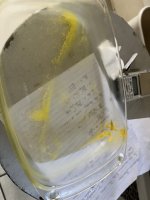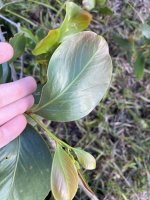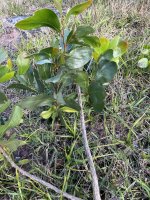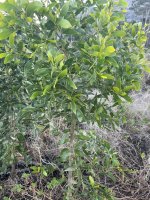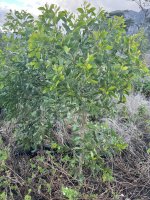Great work @Ozzy_Chronik !
Acacia leiocalyx does seem like a very good candidate. A few others have reported positive findings here too and I also have a friend who had positive results.
What were the yields?
Have you tried a higher dose yet?
I’ve had a phyllode brew sitting around for about 8 months .. you’ve inspired me to finish it! Phyllodes with this species have a lot of other stuff that precipitate when made basic. Sounds like bark is much easier. Twig/stem should have much the same content as trunk bark but cleaner.
Acacia leiocalyx does seem like a very good candidate. A few others have reported positive findings here too and I also have a friend who had positive results.
What were the yields?
Have you tried a higher dose yet?
I’ve had a phyllode brew sitting around for about 8 months .. you’ve inspired me to finish it! Phyllodes with this species have a lot of other stuff that precipitate when made basic. Sounds like bark is much easier. Twig/stem should have much the same content as trunk bark but cleaner.
Last edited:





